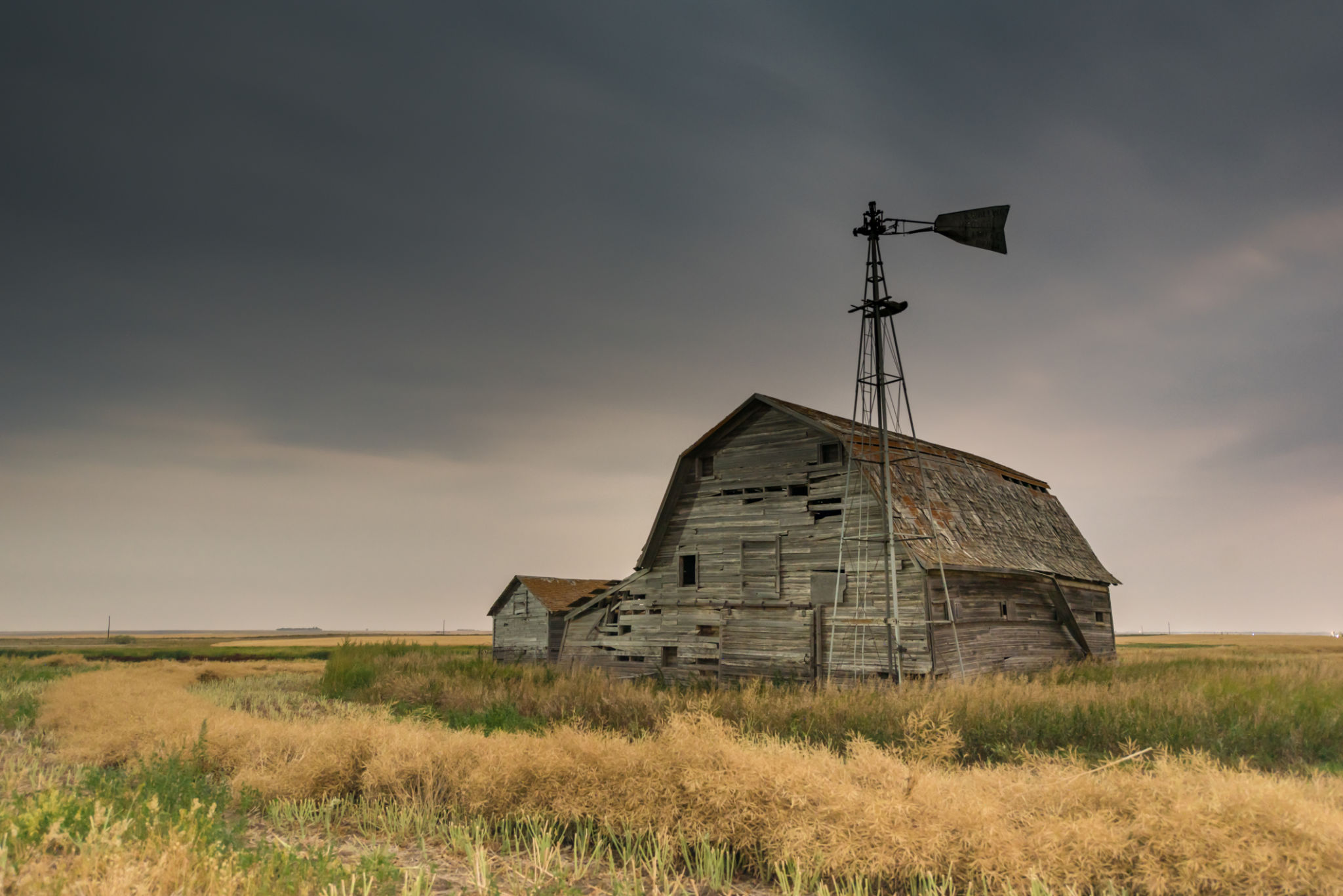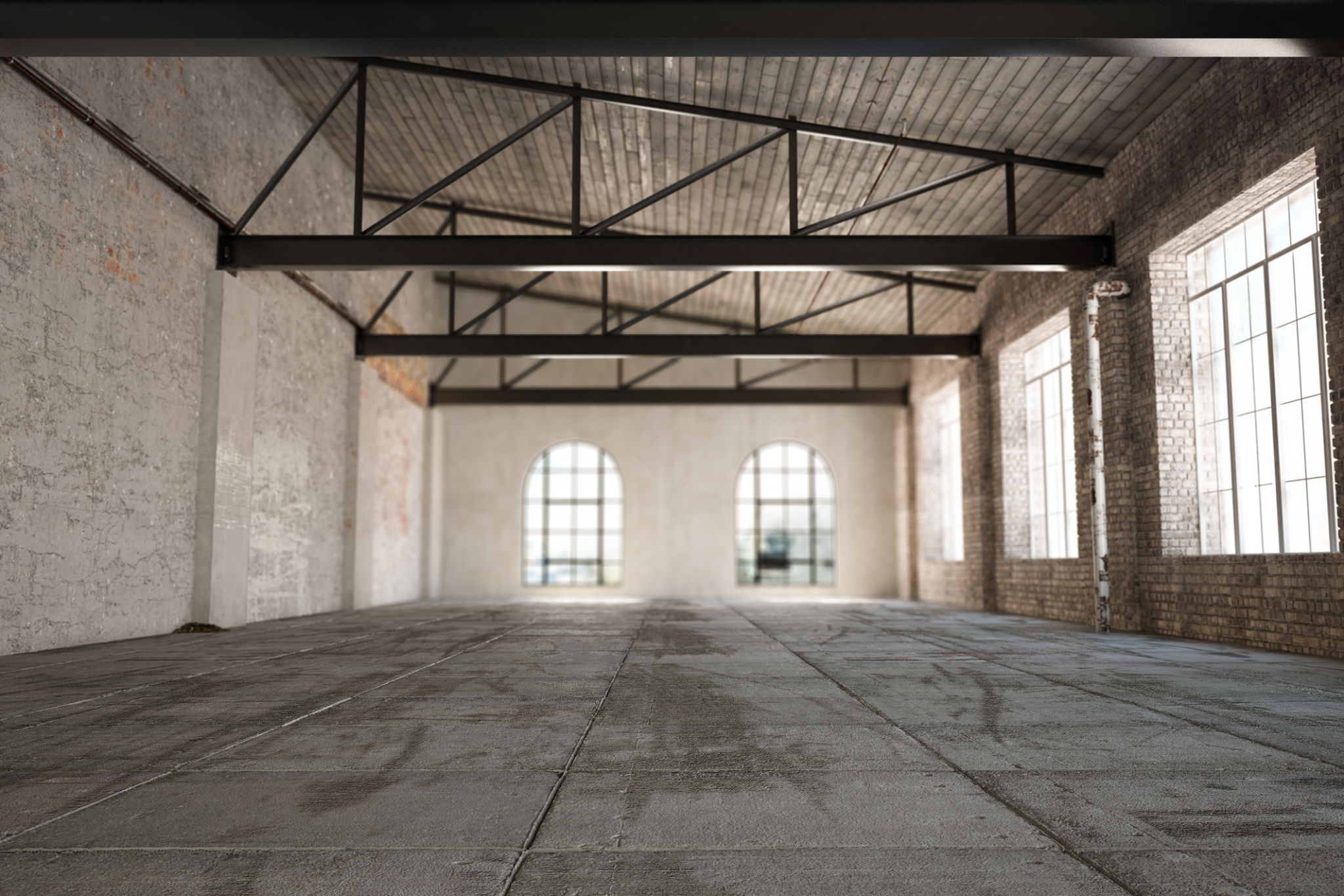Preserving Heritage: The Importance of Restoring Old Barns
The Charm of Old Barns
Barns are more than just utilitarian structures; they are symbols of a bygone era, reflecting the history and heritage of rural landscapes. These majestic buildings often stand as reminders of the agricultural practices and lifestyles of our ancestors. Restoring old barns is not just about maintaining a building; it is about preserving a piece of history that connects us to our roots.
As rural communities evolve, the importance of keeping these structures intact becomes more significant. Restoring barns can provide a tangible link to our past, offering educational insights and aesthetic pleasure. The unique architectural styles of barns, which vary from region to region, showcase the ingenuity and craftsmanship of those who built them.

Why Restoration Matters
Restoring old barns contributes significantly to cultural heritage preservation. These buildings are often constructed with hand-hewn timbers and other materials that tell a story of local resources and architectural trends. By restoring them, we ensure that future generations can appreciate the skill and effort that went into their creation.
Additionally, restored barns can serve as functional spaces for modern use. Many have been repurposed as event venues, community centers, or even homes, proving that blending history with modernity can be both practical and enriching. This adaptive reuse not only preserves the structure but also breathes new life into it.

The Environmental Benefits
Restoring barns is an environmentally friendly choice. By reusing existing structures, we reduce the need for new construction materials, which in turn decreases our environmental footprint. The restoration process often involves using sustainable practices that align with conservation goals.
Moreover, preserving these buildings can enhance biodiversity. Barns often provide habitats for various wildlife species, including bats and birds. Maintaining these ecosystems is crucial for biodiversity conservation, making barn restoration an environmentally responsible action.

Challenges in Restoration
While the benefits of barn restoration are numerous, the process comes with its challenges. One primary concern is funding, as restoration projects can be costly. Securing financial support from grants, local governments, or private donors is often necessary to move forward.
Another challenge is finding skilled craftsmen who understand traditional building techniques. These skills are becoming rarer, making it essential to invest in training programs that can equip a new generation with the knowledge needed for such projects.
Community Involvement
The success of barn restoration projects often hinges on community involvement. Local communities can play a pivotal role by advocating for preservation efforts and participating in restoration activities. Engaging residents not only raises awareness but also fosters a sense of pride and ownership over local heritage.
Community events centered around barn restoration can also serve as educational opportunities. Workshops and tours can educate people about the history and significance of barns, inspiring further preservation efforts.

The Future of Barn Preservation
Looking ahead, the future of barn preservation will depend on continued advocacy and innovation. Embracing modern technologies in restoration methods can streamline processes and make them more efficient. Additionally, integrating barns into sustainable tourism initiatives could provide financial incentives for preservation.
Ultimately, preserving old barns is about more than saving structures; it is about safeguarding our cultural legacy. By valuing these historical icons, we ensure that they remain integral parts of our landscapes for generations to come.